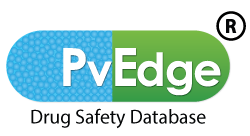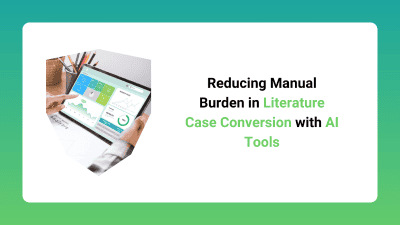Literature case conversion is one of the most repetitive and detail-heavy tasks in pharmacovigilance. Once a potential case is found in a journal article or publication, it needs to be converted into a structured format—usually an ICSR (Individual Case Safety Report)—before it can be submitted to health authorities.
Sounds simple? It rarely is.
Each article must be read carefully, assessed for validity, and broken down into specific data fields. Product name, reaction, reporter, patient details, seriousness—every field must be captured, validated, and recorded. And if any part is missing or incorrect, it can delay regulatory reporting or cause compliance issues.
Now multiply that by hundreds of articles each month.
Why Manual Conversion is a Bottleneck
Even skilled pharmacovigilance professionals need time to read and interpret complex case narratives. Articles are often long, filled with unrelated data, or written in inconsistent styles. It’s easy to miss key details or misinterpret clinical information.
Add tight deadlines and large volumes, and manual conversion becomes not just inefficient—but risky. Errors during this step can lead to invalid ICSRs, missed follow-up links, or incomplete submissions.
How AI is Solving the Problem
AI-powered tools are helping safety teams automate parts of the literature case conversion process. These systems can:
Extract relevant case data from unstructured text
Auto-fill standard ICSR fields
Flag missing or unclear information for manual review
Format the case in compliance with ICH E2B(R2) or E2B(R3) standards
Create audit trails for quality control
This doesn’t remove the need for expert oversight—but it drastically reduces the time spent on manual data entry and repetitive validation checks.
Staying Compliant Without Burning Out
Health authorities like the FDA, EMA, and Health Canada expect accurate, timely submissions, even when literature cases come in high volumes. Automating the case conversion process helps teams stay compliant without rushing or overworking staff. Instead of chasing details, teams can focus on verifying data, making clinical judgments, and ensuring high-quality submissions.
The Takeaway
AI is not replacing pharmacovigilance experts—it’s empowering them. By offloading the most routine parts of literature case conversion, AI tools help safety teams work faster, with less fatigue, and with better control over case quality and timelines.
Manual review will always have a place. But in today’s fast-paced environment, automation is the support system every PV team needs.



